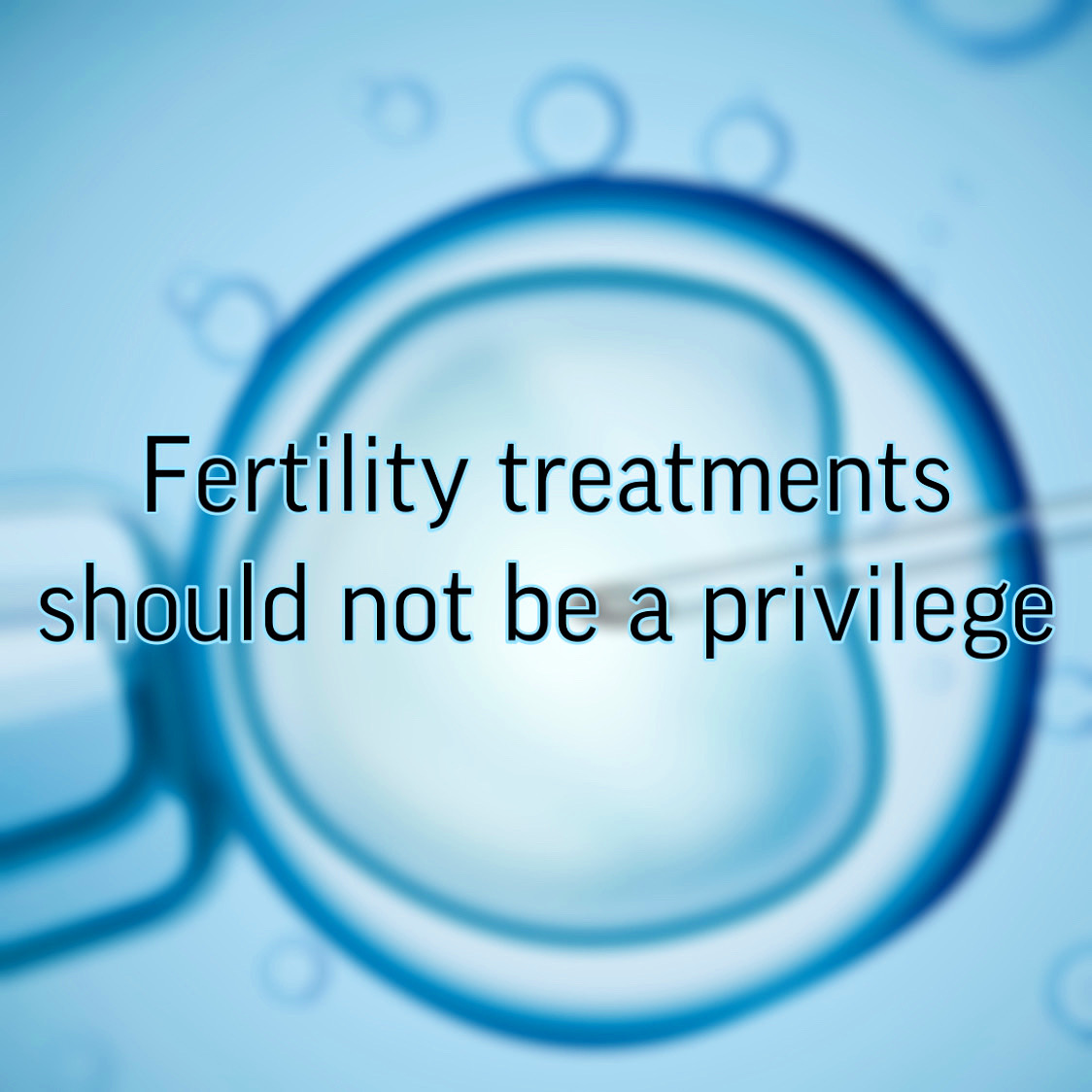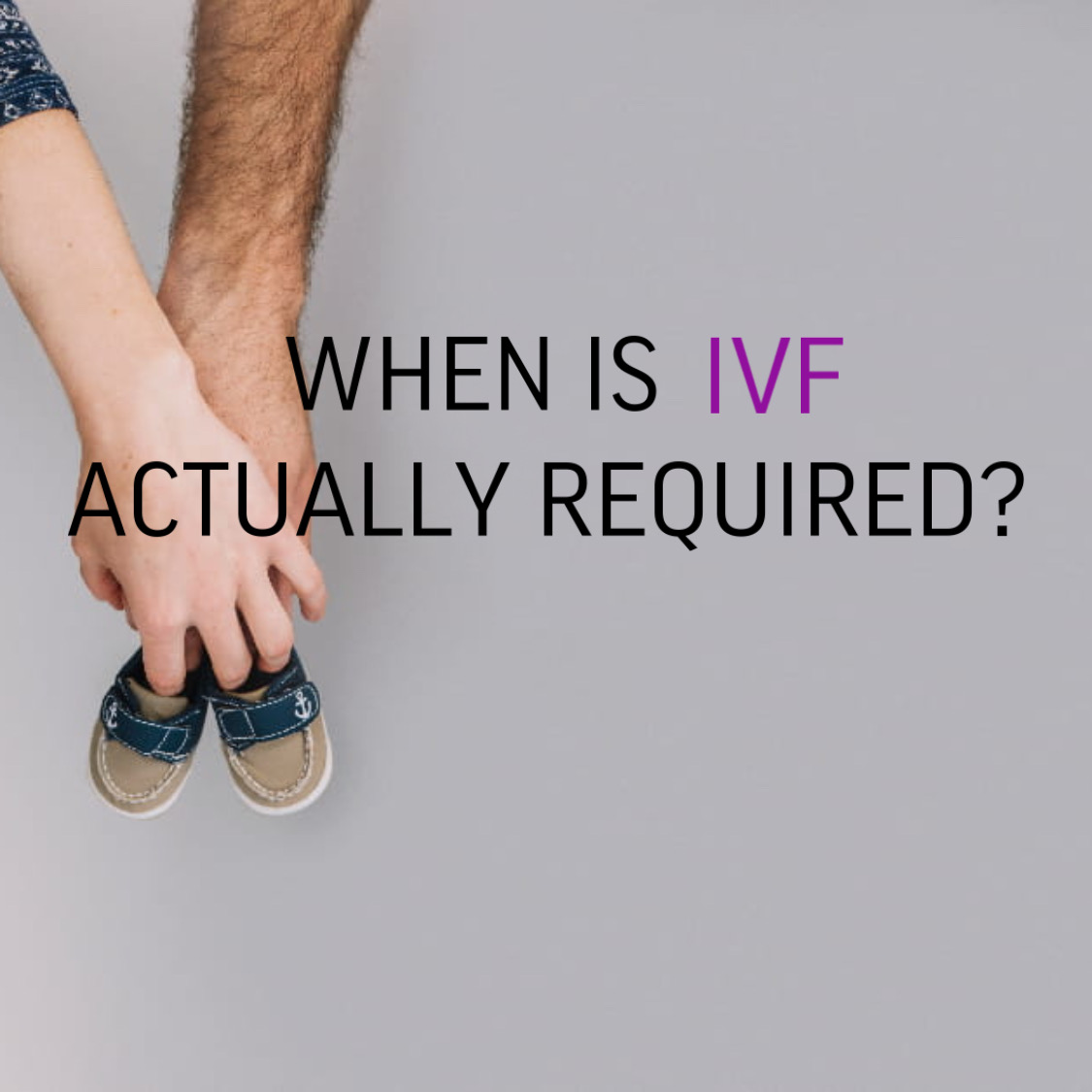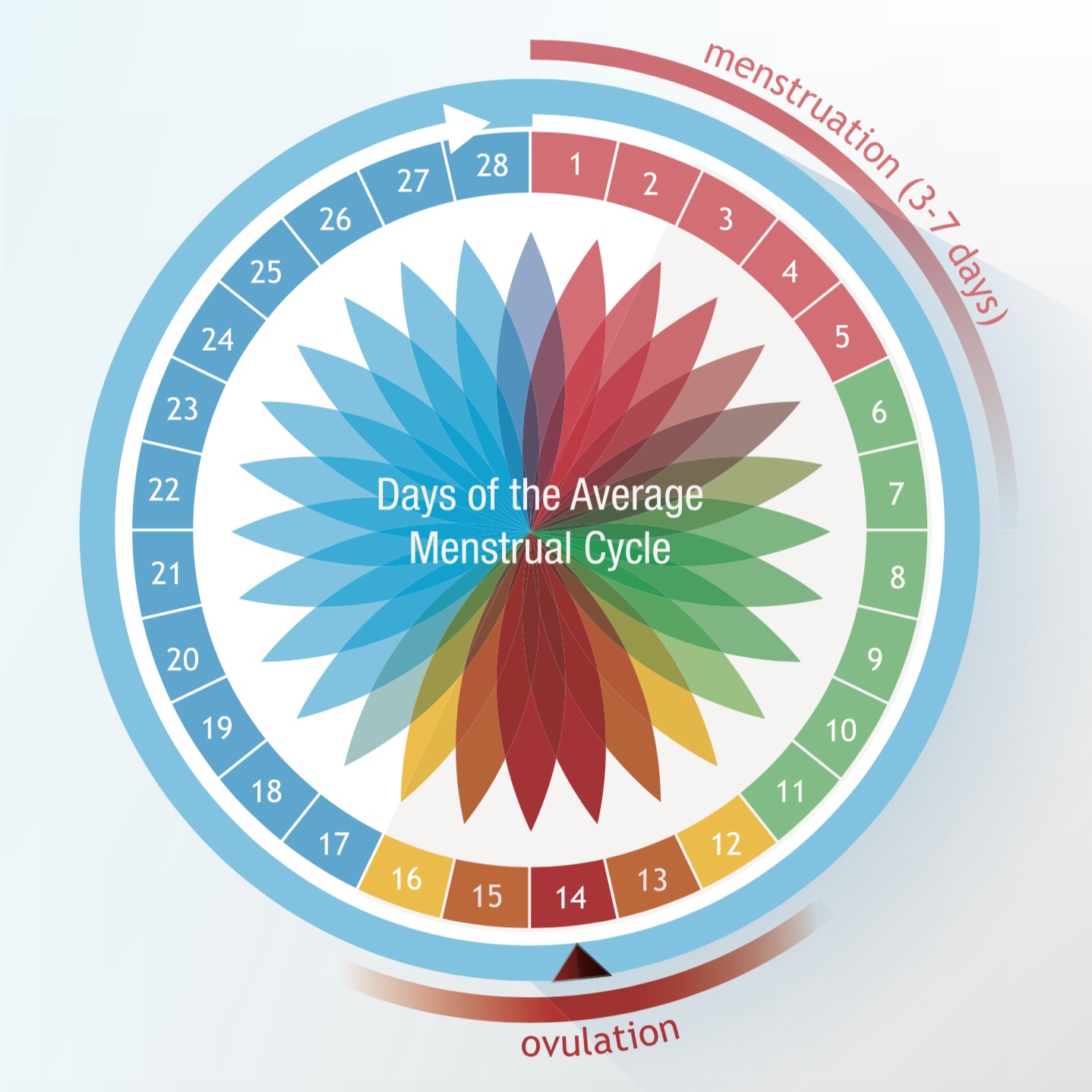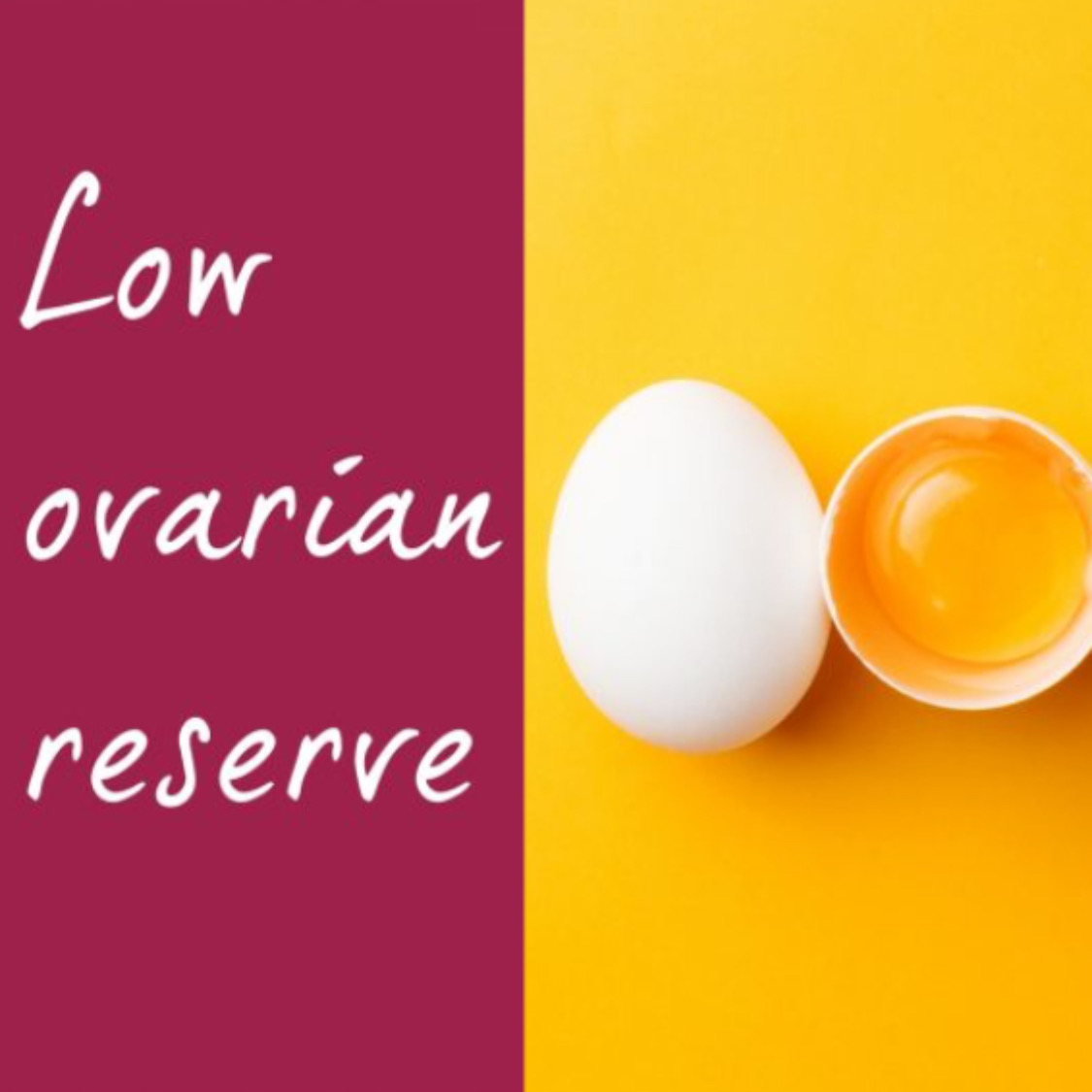Fertility Treatments Should not be a Privilege
Reproductive rights play a crucial role in the overall well-being and autonomy of individuals. However, not everyone has equal access to these rights. Fertility privilege, a term that highlights the disparities in reproductive rights, is an important aspect of this discussion. This article aims to explore the impact of fertility privilege on reproductive rights and unveil the associated inequalities.

Understanding Fertility Privilege
Fertility privilege refers to the advantages and societal privileges given to individuals who conform to traditional norms and expectations regarding reproduction. It is rooted in the way society values and prioritizes certain reproductive behaviors and choices.
When we delve deeper into the concept of fertility privilege. We find that it encompasses more than just the ability to conceive and have children. Fertility privilege also encompasses the social, economic, and psychological benefits experienced by individuals who are able to navigate the journey of reproduction without facing significant obstacles or discrimination.
It is important to recognize that fertility privilege is not a standalone phenomenon. It intersects with broader social inequalities, such as gender, race, class, and disability. These intersections shape the experiences and opportunities of individuals in relation to their reproductive capabilities.
Defining Fertility Privilege
Fertility privilege can be understood as a set of advantages and benefits that are bestowed upon individuals who conform to societal expectations of reproduction. These expectations often revolve around the assumption that everyone should have the ability and desire to procreate.
However, it is crucial to acknowledge that not everyone desires or is able to have children. Fertility privilege perpetuates the idea that those who do not conform to these expectations are somehow lacking or deviating from the norm. This can lead to stigmatization and marginalization of individuals who choose not to have children or face challenges in conceiving.
Moreover, fertility privilege is deeply intertwined with gender norms and expectations. Women, in particular, often bear the brunt of societal pressure to reproduce. Their worth and value as individuals are sometimes measured by their ability to bear children, reinforcing traditional gender roles and expectations.
The Intersection of Fertility and Privilege
Understanding the intersection of fertility and privilege requires us to examine the ways in which different social identities and experiences shape reproductive opportunities and outcomes.
For instance, women of color may face unique challenges in accessing reproductive healthcare and family planning resources due to historical and ongoing discrimination. This can result in limited choices and reduced control over their reproductive lives, further exacerbating existing social inequalities.
Similarly, individuals from lower socioeconomic backgrounds may encounter financial barriers when it comes to fertility treatments, adoption, or raising children. The cost of reproductive technologies and services can be prohibitive, creating a divide between those who can afford them and those who cannot.
Furthermore, individuals with disabilities may face additional obstacles in navigating the realm of reproduction. They may encounter societal assumptions and biases that question their ability to be parents, leading to discrimination and limited access to support systems.
Acknowledging these intersections is essential for understanding the full impact of fertility privilege. It is only by recognizing and challenging these inequalities that we can work towards a more inclusive and equitable society. Where reproductive choices and opportunities are not dictated by societal norms and expectations.
The Historical Context of Fertility Privilege
The evolution of reproductive rights and societal norms has played a crucial role in shaping fertility privilege. Understanding this historical context is crucial in unpacking the current inequalities surrounding reproductive rights.
In order to fully comprehend the complexities of fertility privilege. It is important to delve into the historical landscape that has shaped its existence. Throughout history, societies have held varied beliefs and attitudes towards reproduction. Resulting in a diverse range of norms and laws surrounding reproductive rights.
Over the course of centuries, progress has been made in terms of recognizing and advocating for reproductive rights. However, it is important to acknowledge that this progress has not been equal for all individuals. The uneven trajectory of reproductive rights has contributed to the persistence of fertility privilege, which continues to impact marginalized communities.
The Evolution of Reproductive Rights
Throughout different eras, societies have grappled with defining and regulating reproductive rights. From ancient civilizations to modern times, the understanding and recognition of these rights have evolved significantly. In some societies, reproduction was seen as a fundamental duty, while in others, it was subject to strict regulations and control.
During the Renaissance period, for example, there was a shift towards recognizing women’s reproductive autonomy. The concept of “maternal instinct” emerged, highlighting the importance of a woman’s ability to bear children. However, this newfound recognition of reproductive rights was often limited to certain social classes, leaving marginalized groups without agency over their own fertility.
In the 20th century, the fight for reproductive rights gained momentum. The suffrage movement and the advent of modern contraception methods paved the way for greater reproductive autonomy for women. The landmark Supreme Court case, Roe v. Wade, in 1973, further solidified the right to access safe and legal abortion in the United States. However, even with these advancements, reproductive rights continue to be a contested and politicized issue in many parts of the world.
Societal Norms and Fertility Privilege
Embedded within societal expectations are norms that perpetuate fertility privilege, often favoring heteronormative, reproductive relationships. These norms can reinforce stereotypes about gender roles and exclude individuals who do not conform to these prescribed expectations.
Historically, women have been burdened with the expectation of motherhood, which has limited their choices and opportunities. The pressure to conform to traditional gender roles has marginalized those who do not desire or are unable to have children. This exclusionary mindset not only impacts individuals who identify as women but also men who may face stigmatization for not conforming to societal expectations of fatherhood.
Furthermore, fertility privilege intersects with other forms of privilege, such as race and socioeconomic status. Marginalized communities, including people of color and those from lower socioeconomic backgrounds, often face additional barriers when it comes to accessing reproductive healthcare and making autonomous decisions about their fertility.
It is essential to challenge and dismantle these societal norms that perpetuate fertility privilege. By recognizing and respecting the diverse reproductive choices and experiences of all individuals, we can work towards a more equitable and inclusive society.
The Consequences of Fertility Privilege
Fertility privilege has far-reaching consequences, impacting individuals and society as a whole. These consequences extend beyond the ability to conceive or give birth and encompass various aspects of life.
One of the significant consequences of fertility privilege is the psychological impact it has on individuals who face barriers to reproductive rights. For those who are unable to conceive or give birth due to fertility privilege, the emotional toll can be immense. These individuals may experience psychological distress and feelings of inadequacy. Constantly grappling with the societal pressure to conform to traditional expectations of parenthood.
The constant pressure to conform can cause emotional strain, leading to increased stress and anxiety. The desire to have a child is deeply ingrained in many individuals, and when that desire is thwarted by fertility privilege, it can have profound effects on their mental well-being. The feelings of inadequacy and the fear of being judged by others can create a sense of isolation and contribute to a decline in overall mental health.
The Economic Implications
In addition to the psychological impact, fertility privilege can also perpetuate economic inequalities. Individuals without access to comprehensive reproductive healthcare may be limited in their education, career opportunities, and earning potential. The financial burden of fertility treatments and assisted reproductive technologies can be overwhelming, further exacerbating the economic divide.
For those who cannot afford the high costs associated with fertility treatments. The inability to conceive or give birth can have long-lasting implications on their economic well-being. Limited access to reproductive healthcare can hinder educational pursuits. As individuals may have to prioritize their financial resources towards medical expenses rather than investing in their education.
Furthermore, the economic implications of fertility privilege can perpetuate cycles of poverty and social inequality. Those who are unable to afford fertility treatments may find themselves at a disadvantage in the job market. As employers may perceive them as less committed or less capable due to their reproductive challenges. This can lead to limited career opportunities and a lower earning potential. Further widening the economic gap between those with fertility privilege and those without.
In conclusion, fertility privilege has profound consequences that extend beyond the ability to conceive or give birth. The psychological impact of facing barriers to reproductive rights can lead to emotional distress and feelings of inadequacy. Additionally, the economic implications of fertility privilege can perpetuate economic inequalities and hinder educational and career opportunities. It is crucial to address these consequences and work towards a society that provides equal access to reproductive healthcare for all individuals.
Inequalities in Reproductive Rights
Reproductive rights are not equally accessible to all individuals, with certain groups facing greater challenges and discrimination. The disparities in reproductive healthcare and legal barriers contribute to these inequalities.
When examining the disparities in access to reproductive healthcare, it becomes evident that marginalized communities often face limited options. Factors such as geographic location, socioeconomic status, and discriminatory practices can create significant barriers to essential reproductive services. For example, individuals living in rural areas may have to travel long distances to access a reproductive healthcare provider, making it difficult to receive timely and necessary care.
Furthermore, socioeconomic status plays a crucial role in determining the level of access to reproductive healthcare. Individuals with lower incomes may struggle to afford the cost of contraception, abortion, or fertility treatments. Placing them at a disadvantage compared to those with greater financial resources. This financial barrier can perpetuate a cycle of inequality. As individuals who cannot afford reproductive healthcare may face unintended pregnancies or difficulties in starting a family.
Disparities in Access to Reproductive Healthcare
Marginalized communities often face limited access to quality reproductive healthcare. Factors such as geographic location, socioeconomic status, and discriminatory practices can create significant barriers to essential reproductive services, including contraception, abortion, and fertility treatments.
In addition to geographic and financial barriers. Discriminatory practices within the healthcare system can further exacerbate the inequalities in reproductive healthcare. For example, individuals from racial and ethnic minority groups may experience bias and discrimination when seeking reproductive healthcare services. This can lead to inadequate or substandard care, further widening the gap in access to reproductive rights.
Moreover, individuals with disabilities may encounter additional challenges in accessing reproductive healthcare. The lack of accessible facilities, equipment, and information can create barriers for individuals with disabilities who are seeking reproductive services. This exclusionary environment not only limits their ability to exercise their reproductive autonomy but also perpetuates ableism within the healthcare system.
Legal Barriers and Reproductive Rights
Laws and policies can both support and impede reproductive rights. In some regions, legal barriers hinder the ability to access reproductive healthcare, creating additional obstacles for individuals seeking to exercise their reproductive autonomy. Navigating these legal frameworks can be burdensome, particularly for marginalized populations.
For example, restrictive abortion laws can impose unnecessary waiting periods. Mandatory counseling, and other requirements that delay or restrict access to abortion services. These laws disproportionately affect individuals with limited resources. Who may struggle to meet the additional financial and logistical burdens imposed by such regulations.
Furthermore, transgender and gender non-conforming individuals often face legal barriers when seeking reproductive healthcare. In many jurisdictions, there are inconsistencies and gaps in laws and policies regarding their access to gender-affirming healthcare, including reproductive services. This lack of legal protection can result in discrimination, denial of care, and a violation of their reproductive rights.
It is essential to recognize and address these disparities and legal barriers to ensure that all individuals have equal access to reproductive rights. By advocating for comprehensive and inclusive reproductive healthcare policies. Society can work towards a more equitable future where everyone can exercise their reproductive autonomy without facing discrimination or obstacles.
Challenging Fertility Privilege
Efforts to challenge fertility privilege have emerged in various forms, aiming to achieve equal reproductive rights for all individuals.
Advocacy for Equal Reproductive Rights
Advocacy groups and grassroots movements play a vital role in raising awareness about fertility privilege and advocating for equal reproductive rights. By challenging societal norms and promoting inclusivity, these groups aim to dismantle barriers and ensure autonomy over reproductive choices.
Policy Changes and Their Impact
Policies and legislation that promote inclusive reproductive healthcare are crucial steps in addressing fertility privilege and reducing reproductive inequalities. Implementing comprehensive sex education, increasing access to contraception, and supporting reproductive healthcare services are key policy changes that can help level the playing field.
In conclusion, fertility privilege significantly impacts reproductive rights by perpetuating inequalities. By acknowledging and addressing this privilege, society can take steps towards creating a more equitable and inclusive reproductive healthcare system. Efforts to challenge fertility privilege through advocacy and policy changes play a vital role in fostering reproductive autonomy for all individuals. Ultimately aiming for a more just and equal society.








